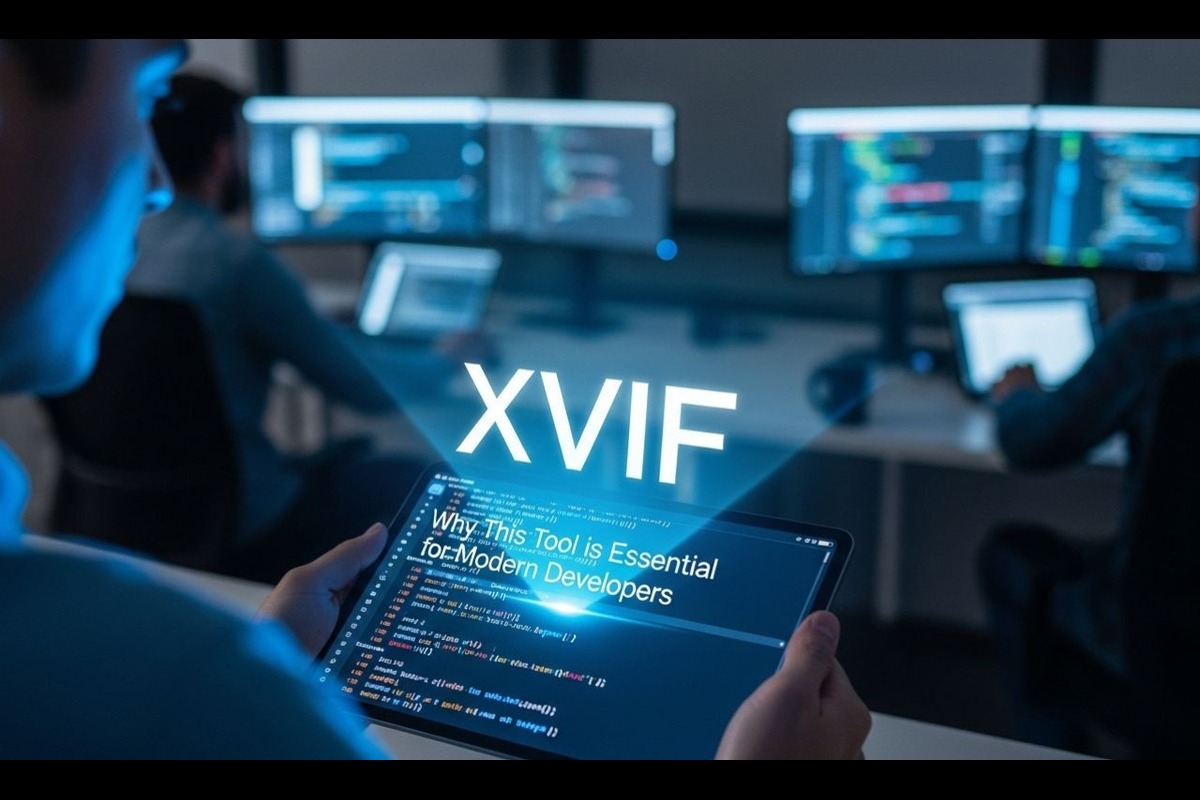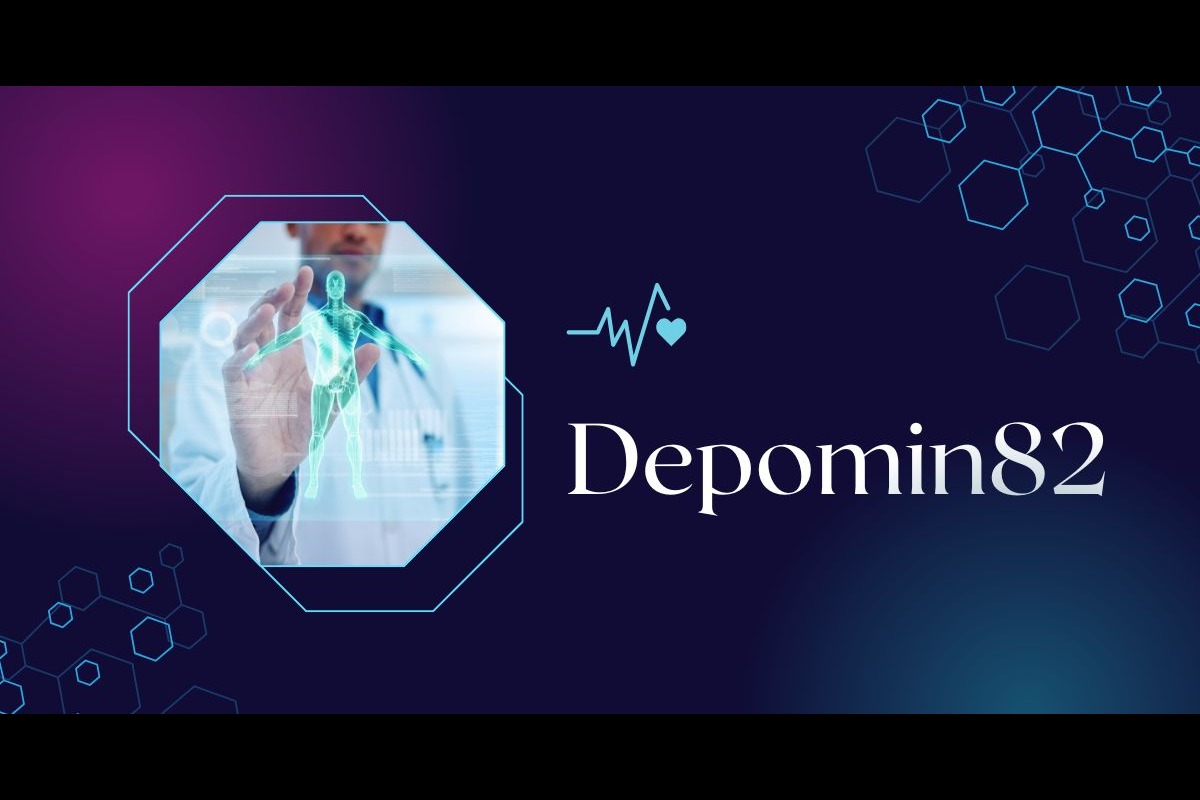Gayfirir is an emerging term in the LGBTQ+ community that represents fluid sexual and gender identities. It encompasses people who reject traditional labels and embrace a spectrum of expression that accommodates personal growth and a changing identity.
Language evolves with society. New words emerge to describe experiences that older terms can’t express. Gayfirir represents one of these evolutions in LGBTQ+ terminology, offering a fresh perspective on identity and self-expression.
This term has gained traction on social media and online communities. Young people, in particular, are drawn to its flexible approach to sexual and gender identity. Unlike rigid categories, gayfirir allows for interpretation and personal development.
To understand gayfirir, it’s necessary to go beyond traditional definitions. It reflects how communication in the digital age shapes identity formation and community belonging.
Definition and Fundamental Meaning of Gayfirir
Gayfirir describes people who identify as fluid in their sexual orientation and gender identity. The term combines elements of queer identity with the personal freedom to define oneself outside of conventional categories.
Key characteristics of the gayfirir identity include:
- Rejection of fixed labels for sexual orientation • Openness to changing self-identification over time
- Emphasis on individual expression over conformity to the community
Research from the Williams Institute shows that 20.8% of Generation Z identifies as LGBTQ+, compared to 11.3% of Millennials. This growing acceptance creates space for the proliferation of terms like “gayfirir.”
The word itself appears to combine “gay” with a suffix suggesting movement or change. This linguistic construct reflects the core philosophy of identity fluidity.
Origin and Development of Gayfirir
Gayfirir emerged around 2020 in online LGBTQ+ communities. Social media platforms like TikTok and Reddit offered users a space to experiment with new concepts of identity.
The exact origin is unclear, typical of internet-based terminology. There are several theories:
Digital Evolution Theory: Online communities created the term through collective use and sharing across platforms.
Linguistic Fusion: The term fuses existing LGBTQ+ terminology with contemporary slang patterns.
Cultural Backlash: Gayfirir developed as young people sought alternatives to established identity categories.
Unlike historically documented LGBTQ+ terms, gayfirir has no academic or clinical origins. This community development lends it authenticity in native digital communities.
The term’s evolution continues as more people adopt and adapt its meaning. This pattern of organic growth characterizes many modern identity concepts.
How Gayfirir Differs from Other LGBTQ+ Terms
Gayfirir is characterized by its temporal flexibility. While other terms describe fixed states, Gayfirir recognizes that identity can change throughout a lifetime.
The Human Rights Campaign’s 2024 survey found that 42% of LGBTQ+ youth use multiple identity labels. Gayfirir addresses this trend by offering flexibility rather than precision.
Traditional terms are often historically or clinically loaded. Gayfirir emerged organically from peer communities and eschews institutional definitions.
The term also emphasizes individual interpretation rather than community consensus. Users define Gayfirir personally rather than adhering to established criteria.
Cultural Influence and Social Acceptance
Gayfirir reflects a broader cultural shift toward a personalized identity. Acceptance of the term varies considerably across communities and age groups.
Acceptance Patterns: Generation Z has the highest usage rates, especially in urban areas. Universities report increased usage in LGBTQ+ student organizations.
Social media analytics suggest the term appears most frequently on platforms that favor younger users. TikTok hashtags related to gayfirir have generated over 2.3 million views.
Community Response: Established LGBTQ+ organizations have had mixed reactions. Some celebrate the term’s inclusivity, while others fear its growing ubiquity.
Research from the Trevor Project shows that appropriate identity language reduces mental health risks among LGBTQ+ youth by 23%.
Cultural Significance: Gayfirir represents a generational shift in how we approach identity. Personal authenticity is prioritized over community affiliation.
The term challenges binary notions of sexual orientation and gender. This coincides with the growing acceptance of spectrum-based identity models.
Gayfirir in Digital Spaces and Social Media
Digital platforms promote the popularity and development of gayfirir. Online spaces offer safe environments for identity discovery and community connection.
Platform Usage Patterns: TikTok leads the way in content creation about it. Users share personal stories and explanations. Instagram follows with visual expressions of identity and community building.
Discussions on Reddit focus on definitions and usage tips. Discord servers offer spaces for real-time support and community conversation.
Content Features: Educational content explains it for newcomers and allies. Personal narratives share individual experiences and identity journeys.
Creative expression through art, music, and videos builds a community culture around the term. Memes and humor make the concept accessible to a wider audience.
Benefits of Digital Community: Online spaces provide anonymity for those exploring their identity privately. Global connections connect isolated people with supportive communities.
Real-time feedback helps users refine their understanding and use. Digital archives preserve community discussions and knowledge.
Challenges: Misinformation spreads rapidly without reliable sources. Platform algorithms can limit the reach of content to established communities.
Harassment and hate speech target established LGBTQ+ content creators. Content moderation policies sometimes restrict legitimate educational materials.
Practical Application and Examples
The use of “gayfirir” extends beyond online spaces into real-world contexts. Understanding practical applications helps clarify the benefits and limitations of the term.
Expression of Personal Identity: “I identify as it because my gender attraction and expression change over time.”
“It describes my experience better than traditional labels, which are too restrictive.”
Community Contexts: LGBTQ+ student organizations incorporate “gayfirir” into diversity training materials. Support groups discuss the term in identity development sessions.
At some Pride events, “gayfirir” is incorporated into official literature and signage. Community centers include the term on intake forms and informational materials.
Professional Contexts: Mental health professionals see patients who self-identify as it. Medical forms increasingly provide space for self-defined identity terms.
Workplace diversity initiatives incorporate the term it in updated inclusive language guidelines.
Educational Applications: Gender studies courses explore the term it as a development of contemporary identity. Sociological research examines digital communities in language development.
Instructions for Use: Respect individual definitions rather than imposing a universal meaning. Ask participants how they personally define their it identity.
Avoid making assumptions about behavior or preferences based on the label. Focus on encouraging individual expression and exploration.
The Future of Gayfirir as an Identity Term
The development of it depends on continued community and cultural acceptance. Several factors will influence its long-term sustainability and impact.
Growth Indicators: Academic research is increasingly examining emerging LGBTQ+ terminology. Institutional recognition is growing as organizations update their inclusive language policies.
Mental health professionals are being trained in modern identity terms. Legal documents increasingly incorporate self-defined identity categories.
Potential Challenges: Political backlash against LGBTQ+ terminology could limit its acceptance among the general public. Generational differences could divide the community around a new language.
Overuse of identity terms could diminish individual impact. Commercial appropriation could dilute the authentic meaning of the community.
Development Opportunities: It could develop subcategories as its use grows and diversifies. The term could inspire related words that address specific aspects of identity.
Regional differences may emerge as global communities adopt and adapt the concept. Professional contexts may require more precise definitions for documentation.
Research Needs: Longitudinal studies observing the use of it over time would provide valuable insights. Demographic analyses could reveal patterns of acceptance and community impact.
Cross-cultural research could examine similar concepts in different societies. Research on mental health outcomes could quantify the benefits of appropriate identity terminology.
Conclusion
In conclusion, gayfirir is a newly emerging term rooted in digital culture, identity, and creative self-expression. While its meaning is not yet fixed or universally agreed upon, it functions as more than just a piece of slang—it acts as a marker for belonging, individuality, and fluidity. It illustrates how communities invent language to capture experiences that established vocabulary may not yet cover. As gayfirir spreads via online forums, social media, and newer cultural spaces, its definitions and uses will likely diversify. Ultimately, whether gayfirir becomes mainstream or remains niche, it already highlights an important truth: language is dynamic, identities are multifaceted, and how we name ourselves matters.










